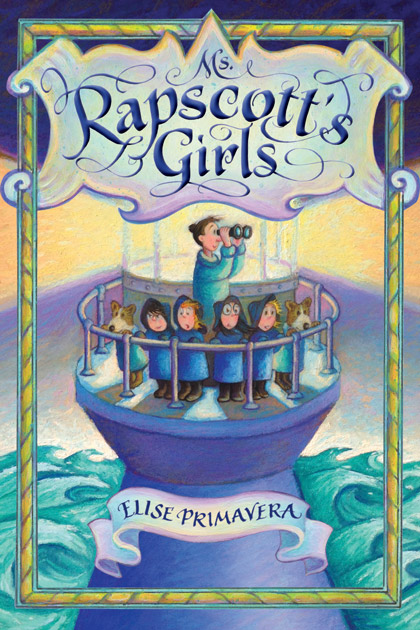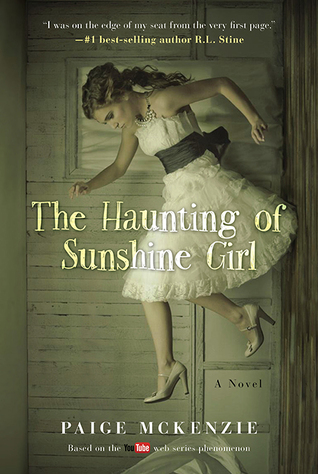Ms. Rapscott’s Girls
On a perfect day for getting lost on purpose, the story of Ms. Rapscott’s Girls by Elise Primavera begins in pictures. Although they are perhaps not as sophisticated, the drawings remind the reader of those in The Invention of Hugo Cabret written and illustrated by Brian Selznick, who also uses pictures to carry the story line artfully forward. Because it shares mystery, magic, adventure, and satirical issues about parental involvement, Primavera’s story can be compared to Lemony Snickett’s Series of Unfortunate Events. Young readers will likely find the eight-year-old characters interesting in their familiarity. Although the girls have been called loud, lazy, foolish, or unable to doRead More →



